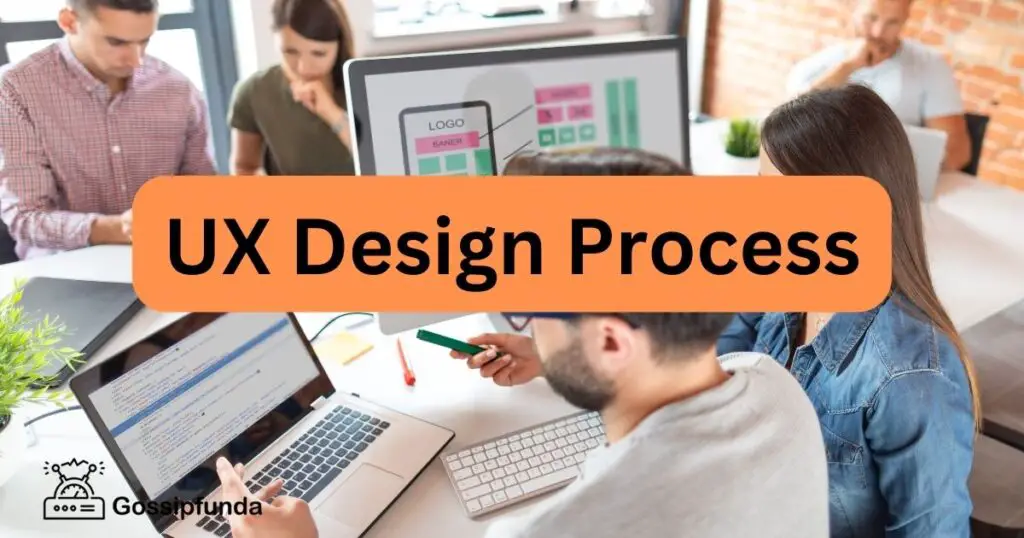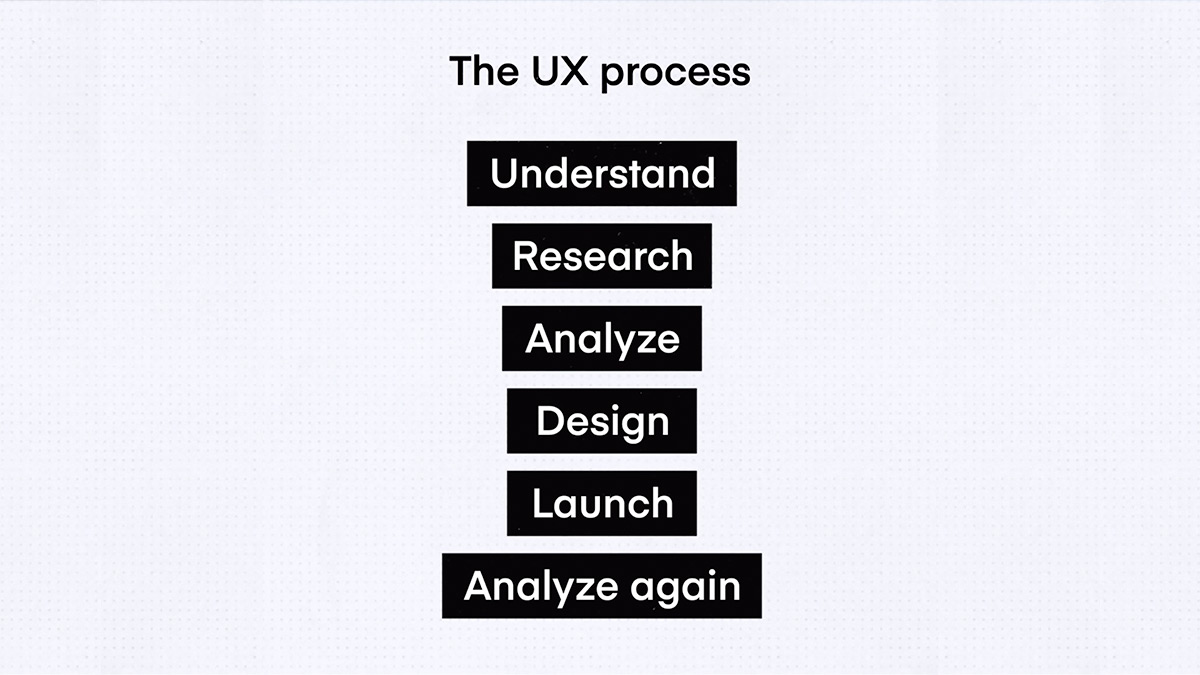Table Of Content
- UX design: understanding what matters
- Stage 1 in the Design Thinking Process: Empathise with Your Users
- Courses That Help You Become a Great Visual Designer
- Design: Wireframing And Prototyping
- Stage 5: Test—Try Your Solutions Out
- What is User Experience and User Experience Design?
- User Experience and Experience Design
If you’re using something like Webflow, which generates code while you design, you won’t have to bother with this step, as you end up with a fully functioning website. Mockups take what’s been established with wireframes and offer a graphic representation of the design. There may be some functionality like with navigation, but the focus here is to show what the design will look like. User researchers present their findings in the ideation phase, and the team brainstorms solutions. When brainstorming, ignore practical constraints to allow for the free flow of ideas.
UX design: understanding what matters
This human-centered mindset delivers products that users want while reducing costs on irrelevant UI components and features. While the UX design process might not be the same for all organizations, projects, or teams, there are some best practices designers can follow to streamline the process. Their collaboration is facilitated through different tools that make communication easier. While companies base their UX design process on design thinking principles, the steps and methods might differ slightly. Build prototypes with UI components that are backed with code and never let pixels derail your UX design process ever again.
Stage 1 in the Design Thinking Process: Empathise with Your Users
The person, responsible for designing digital products or digital services which focus on providing a better User experience for customers is known as a UX designer. Initially, it is preferred to roughly draw the designs on paper, brainstorm, and ideate within the team. No restriction, judgment, or boundary are there on the paper wireframes.
Courses That Help You Become a Great Visual Designer
It also helps you get a sense of how your visual design strategy is resonating with real users—and how it meets (or exceeds) their expectations. You might need to go through multiple rounds of user feedback and improvements to get to a design that both you and your users love. Once you’ve designed a user interface, it’s time to take your designs from static files to interactive prototypes. Not only does prototyping showcase your design’s functionality and flow to stakeholders, but it also lets you see (and test) your designs in action.

Design: Wireframing And Prototyping
Throughout the product development phase, stay involved and conduct regular design reviews to ensure that the final product aligns with your vision and meets the user requirements. Test the functionality and interactions to verify that they match your intended design and that the user experience remains smooth and intuitive. As you create your prototype, focus on the key user flows and interactions identified during the user research and information architecture phases. Ensure that the navigation is intuitive, buttons and links behave as expected, and users can complete their tasks smoothly. Prototyping also gives you the opportunity to test different design options, gather feedback, and iterate on your ideas before moving forward.
How To Scale Your UX Design Process - Built In
How To Scale Your UX Design Process.
Posted: Tue, 07 Jan 2020 08:00:00 GMT [source]
Wireframing involves generating low-fidelity outlines of the layout and structure of the interface. They serve as a blueprint for the design, helping you get clear on the placement of elements, information hierarchy, and overall flow before diving into the visual design. Design thinking is an iterative, non-linear process which focuses on a collaboration between designers and users. It brings innovative solutions to life based on how real users think, feel and behave. This is an experimental phase, and the aim is to identify the best possible solution for each of the problems identified during the first three stages. The solutions are implemented within the prototypes and, one by one, they are investigated and then accepted, improved or rejected based on the users’ experiences.
This shared resource ensures that all team members have the latest information at their fingertips, promoting consistency in the design process. The main goal of service design is to ensure that service interfaces are efficient, usable and meet user needs. It involves mapping out the entire journey of a user, considering every interaction they might have with a service, from start to finish. This could include visiting a website, interacting with staff or using a product directly. The key is to remain focused on the user's needs while balancing technical constraints and business goals.
What is User Experience and User Experience Design?
It’s like peeling an onion — you start with the basics, and as you delve deeper or express interest, more details unfold. This approach keeps things clean and organized, preventing overwhelm and helping users focus on what’s important at each step of their journey. As a designer, you're faced with making critical decisions every day. Your design is only as good as its relevance and connection with the intended audience.

You can also learn with your fellow course-takers and use the discussion forums to get feedback and inspire other people who are learning alongside you. You and your fellow course-takers have a huge knowledge and experience base between you, so we think you should take advantage of it whenever possible. We know it can be confusing trying to work out what will add the most value to your career. With that in mind, we’ve put together a piece that walks you through calculating the Return on Investment in learning here; hopefully that will help you decide what’s right for you. While AI can help automate tasks and help UX designers, it will not completely replace them. AI lacks the creativity and empathy that human designers bring to the table.
Remember that user requirements may evolve throughout the design process as you gain more insights and feedback. It’s important to remain flexible and open to refining and adjusting the requirements based on new information or changing user needs. We also recommend checking out this excellent collection of resources for getting started with Design Thinking provided by the d.school (Hasso Plattner Institute of Design at Stanford University).
This is the exciting stage where your carefully crafted user experience comes to life. Finally, design system tools facilitate rapid iteration by making it easier to tweak and refine components based on user feedback or testing results. With a shared component library and established guidelines, making changes becomes a smooth process. This agility is critical in the fast-paced world of mobile app development, where user needs and market trends can shift quickly, requiring your UI/UX to adapt at a moment's notice. Effective collaboration between team members is vital in streamlining the UI/UX design process.
Ask specific questions about the ease of use, aesthetic appeal and overall satisfaction with the product. Daily or weekly meetings via video conferencing platforms like Zoom can help team members discuss their progress, brainstorm ideas and address challenges. These regular interactions build a sense of team unity and keep everyone aligned with the project goals. UX design, on the other hand, often dives deeper into the specifics of user interaction with a particular interface, focusing on elements like usability, accessibility and how engaging the interface is.
Once again, it’s not cheap but that is always going to be true of professional classroom training. They are, however, available only at select locations, and you’ll need to factor travel and living expenses into the total cost, in case you don’t live nearby. The look of a product is all about creating a product that has visual appeal and which, in particular, harmonizes with a user’s values and captures the spirit of what they expect in that product.


No comments:
Post a Comment